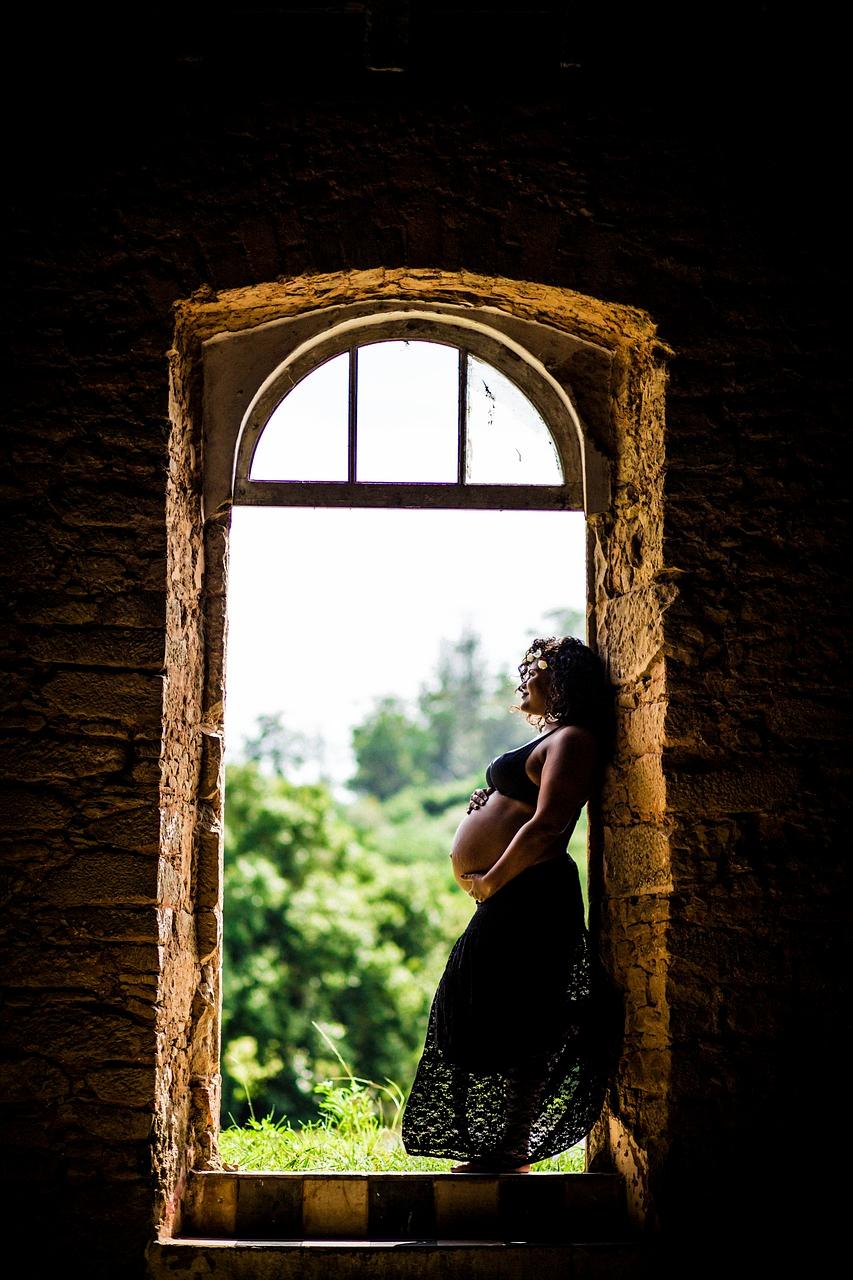When delving into the vision requirements outlined in AR 40-501, it is crucial to understand the specific guidelines set forth by the regulation. Meeting the designated vision standards is paramount for individuals aspiring to join the military, as visual acuity plays a significant role in ensuring the optimal performance and safety of personnel in various roles.
One of the primary criteria highlighted in AR 40-501 pertains to visual acuity, specifically in terms of the measurements taken for both eyes. The regulation specifies that individuals must have a visual acuity of 20/20 in the better eye and 20/400 in the worse eye to meet the standard outlined in category “3.”
Moreover, it is essential to note that uncorrected distant visual acuity should not fall below the retention standards specified in AR 40-501. This means that even if an individual has less than perfect vision, as long as it can be corrected to better than 20/40 in the better eye, they may still meet the required criteria.
Individuals with acute or chronic eye diseases that do not fall below the retention standards outlined in AR 40-501 may also meet the vision requirements set forth by the regulation. However, it is crucial to undergo thorough medical evaluations to determine the extent of the condition and its impact on visual acuity.
On the other hand, falling below the standards for retention contained in AR 40-501, as indicated in category “4,” signifies that an individual may not meet the necessary vision requirements to qualify for certain military roles. In such cases, further assessments and evaluations may be required to assess the severity of the visual impairment.
Meeting the vision requirements detailed in AR 40-501 is imperative for individuals looking to enlist in the military, as visual acuity directly influences an individual’s ability to perform duties effectively and safely. Clear and accurate vision is essential in various military tasks, ranging from navigation to target acquisition, highlighting the significance of adhering to the specified standards.
Furthermore, maintaining optimal visual acuity is crucial not only for initial enlistment but also for ongoing service in the military. Regular eye examinations and assessments are essential to ensure that individuals continue to meet the vision requirements outlined in AR 40-501 throughout their military career.
Individuals aspiring to join the military should be aware of the vision requirements specific to their desired roles and responsibilities. Understanding the criteria set forth in AR 40-501 can help individuals prepare for medical evaluations and assessments, ensuring that they meet the necessary visual acuity standards for their chosen career path.
Additionally, adherence to the vision requirements in AR 40-501 is vital for maintaining the overall readiness and effectiveness of military personnel. Visual acuity impacts performance in various operational environments, underscoring the importance of upholding the established standards to guarantee the safety and success of military missions.
Overall, the vision requirements outlined in AR 40-501 serve as a critical component in determining the eligibility of individuals seeking to serve in the military. By adhering to the specified standards and undergoing necessary evaluations, candidates can ensure that they meet the prescribed visual acuity criteria essential for military readiness and operational effectiveness.
In conclusion, understanding the vision requirements outlined in AR 40-501 is essential for individuals considering a career in the military. Adhering to the specified standards, undergoing thorough medical evaluations, and maintaining optimal visual acuity are pivotal steps in ensuring eligibility for various military roles and responsibilities.

